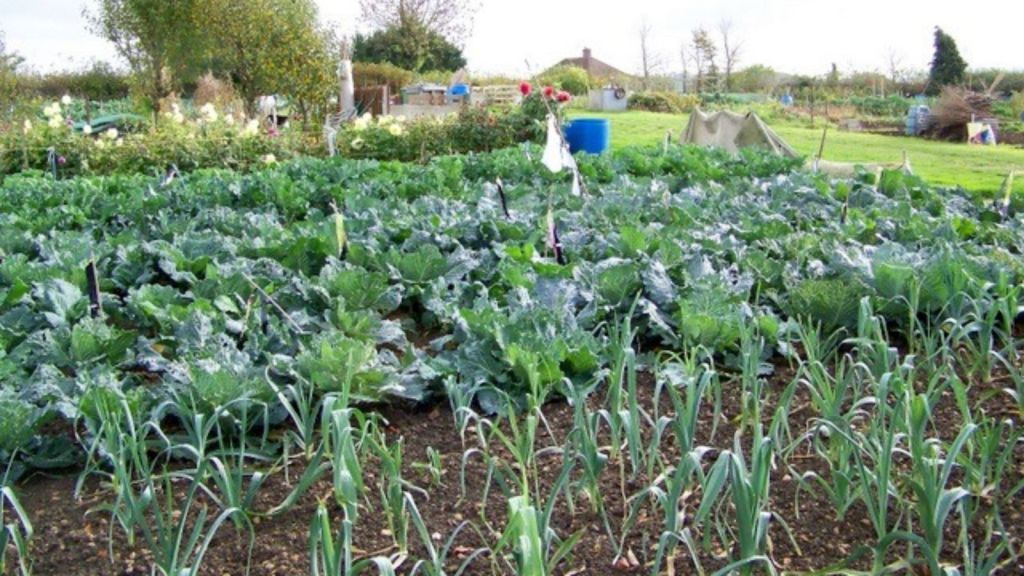“Unbelievable Ingenuity: 13 Astonishing Survival Tactics That Thrived During the Great Depression!”
Some might argue that those times bred a kind of ingenuity that we just don’t see today. When you donât have a choice but to make do with less, you learn to look at the world differently. Here are 13 of the most creative ways people survived the Great Depression, and how they turned hardship into a surprising source of innovation.
1. Growing Victory Gardens

With food becoming expensive and scarce, many families turned to their own backyards to grow their food. Known as “Victory Gardens,” these homegrown plots of vegetables and fruits became a critical source of nutrition for families during the Great Depression.
People planted everything from beans to carrots and some even raised chickens for eggs. By growing their own produce, families saved money and ensured they had food on the table, no matter how tight the economy got.
2. Repurposing Clothing

Instead of throwing away worn-out clothes, families found clever ways to repurpose them. Old dresses were turned into aprons, worn-out pants became shorts, and frayed shirts were made into patchwork quilts.
Nothing went to waste. Even flour sacks became material for clothes. Companies eventually started printing colorful designs on flour sacks because they knew people were using them to sew garments.
3. Bartering Goods and Services

With money in short supply, bartering became a common way to get what you needed. If a family had extra eggs from their chickens, they might trade them with a neighbor for fresh vegetables or help with repairs around the house.












